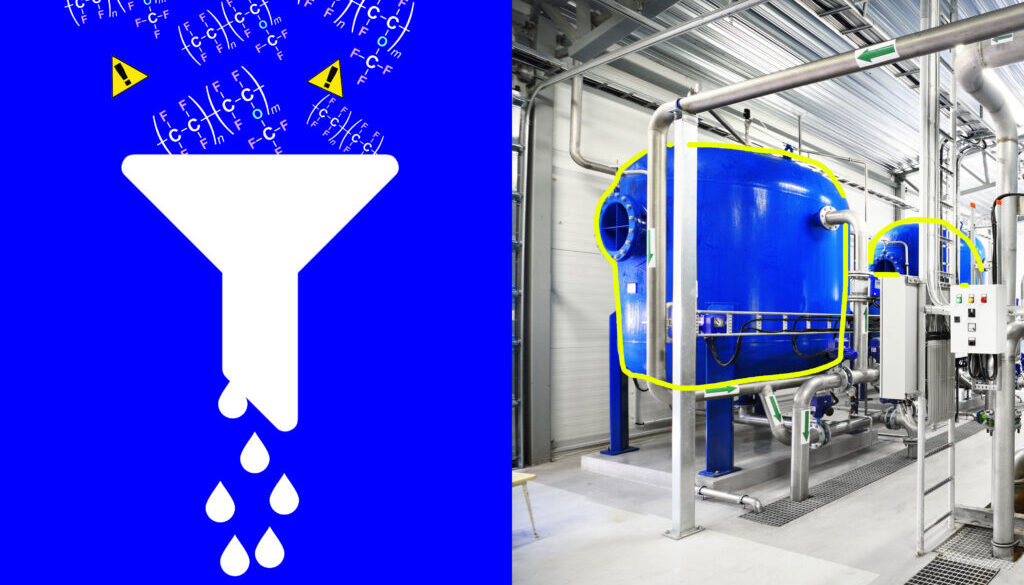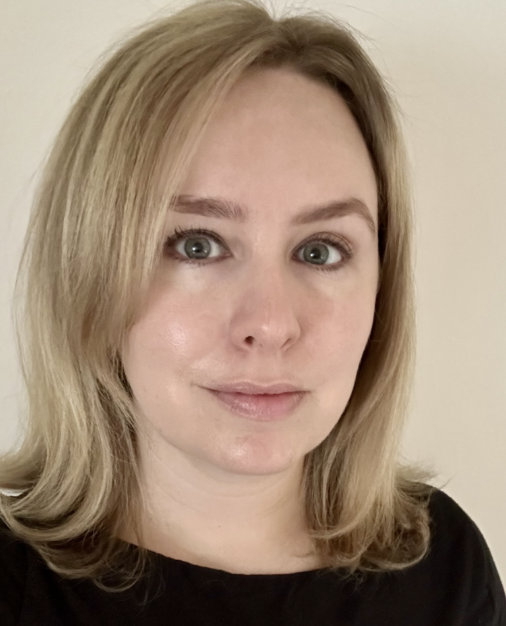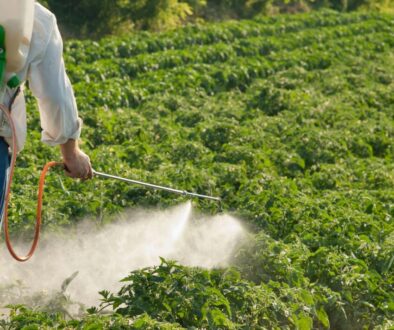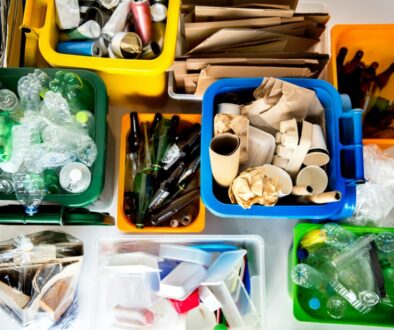Q&A: Tackling PFAS-contaminated water with technology

Amid growing evidence of the health risks associated with per- and polyfluoroalkyl substances (PFAS), a wave of technology companies are developing strategies to remove toxic PFAS chemicals from drinking water and wastewater.
The moves come as the US Environmental Protection Agency (EPA) is taking action to crack down on PFAS pollution, particularly on two of the most widely used PFAS, which have been linked to an array of health problems.
Cleaning up the contamination is a significant challenge, however; one recent study warned that PFAS contamination is so ubiquitous globally that advanced technological intervention is needed.
One tech company seeking to tackle the problem, 374Water, has created waste processors called AirSCWOs that use an oxidation method to convert toxic sludge – including PFAS-contaminated waste streams – into clean water.
The New Lede asked 374Water co-founder Marc Deshusses to discuss his company’s PFAS removal technology and the future of “forever chemical” remediation.
Q: A recent study identified more than 57,400 sites in the US with PFAS contamination, and the Environmental Working Group has mapped PFAS contamination of drinking water or groundwater in almost 1,400 sites in 49 states. Given how widespread this problem is, do you think it is actually feasible to remove PFAS from US water on a large scale?
A: Yes, it is possible, but it will take substantial investment and effort. First and foremost, the use of PFAS with known environmental and human health effects must be banned, just as DDT, parathion, and PCBs have been banned from manufacture and use. This will eliminate new sources of PFAS leaving the legacy contamination for remediation and natural attenuation.
Second, and most importantly, the waste, water, and wastewater industries, including the engineering consultancies, must adopt innovation and a new way of addressing PFAS and waste, in general. There are emerging technologies that are commercially viable and ready for deployment. However, federal and state agencies and the water and wastewater utilities suffer from human and financial resource constraints and are typically risk averse, impeding the implementation of new technologies.
Public agencies including utilities will need the help of the private sector for additional resources and risk sharing. Public-private partnerships can help transfer risk from taxpayers to investors, support the implementation of innovative treatment technology, and provide expanded access to capital.
Q: What are the most promising technologies/methods for cleaning PFAS out of water that you have seen so far?
A: It depends on what is being cleaned up. For treating large flows of water (thousands of gallons per minute), as is needed for drinking water, a combination of adsorption on specific sorbents like granular activated carbon (GAC) or powdered activated carbon (PAC) and ion exchange with specific resins is the leading choice at this time. But this is only concentrating PFAS on solid matrices, and these need to be safely and responsibly managed.
Preferably, these concentrated wastes will be managed with a treatment method that destroys PFAS, thus eliminating any potential for future release in the environment. This is where we are convinced that 374Water’s AirSCWO technology has an edge over other treatments, as it can safely and effectively destroy activated carbons and resins and the PFAS they contain. AirSCWO fully mineralizes all organofluorine to inorganic fluoride, which is harmless.
We have demonstrated that we can do that in a variety of PFAS-containing wastes, including wastewater sludges, dilutions of AFFF [aqueous film forming foam, a firefighting foam that contains PFAS], concentrates of PFAS, etc.
Q: Could you explain how 374Water’s technology works? What are the technology’s strengths and weaknesses when it comes to eliminating PFAS from wastewater?
A: 374Water’s AirSCWO uses air as the oxidant. It is much safer than using pure oxygen. We have a proprietary design, our systems are also extremely energy efficient and can destroy slurries (e.g., sludges or slurries of adsorbents). The strengths include AirSCWO’s ability to destroy all PFAS and organofluorine, breaking the carbon to fluorine bond and mineralizing the fluorine to inorganic fluoride. We can handle high concentrations of PFAS, AirSCWO will mineralize all other co-contaminants and we can provide proof of organofluorine mineralization (which many other technologies cannot as they often have missing fluorine). Our systems are modular and scalable.
Q: What are the biggest challenges to scaling up water treatment technologies that remove PFAS?
A: Engineers are used to scaling up systems and some of the treatment technologies (e.g., adsorption or ion exchange) are already used at large scale. Other technologies don’t seem as scalable to me (e.g., plasma) due to power requirements or physical limitations.
Q: How promising is the technique described in a Science study in August, which involves a simple mix of soap and solvent?
A: The authors of this scientific paper describe a specific defluorination reaction that works only with two classes of PFAS. The reaction does not work in water and is often incomplete and generates undesirable volatile PFAS. This is not a “simple mix of soap and solvent.”
Q: Are there any particular PFAS chemicals that you think will be especially challenging to clean out of water – including those that are becoming more popular now that PFOA and PFOS have been phased out by U.S. manufacturers?
A: Low molecular weight PFAS seem to be the most challenging, possibly because they are the most stable. As mentioned, AirSCWO effectively destroys all PFAS, including the low molecular ones.
Q: Are there any technologies available (or in the works) that individuals and families can use to clean PFAS out of their own water?
A: I suspect that we will start seeing more faucet filters for drinking water. Possibly reverse osmosis systems will start being marketed for PFAS removal in the home.
Q: If/when technologies are implemented to remove PFAS from contaminated water sources, what do you think can be done to ensure that communities of color and low-income communities aren’t left out?
A: Ensuring equity is paramount as we know that communities of color and low-income communities are disproportionately affected by environmental pollution. We must make sure that when PFAS removal technologies will be deployed for public health, these communities are not left behind. This of course is a bigger issue to be addressed e.g., through governmental programs.
(Marc Deshusses is co-founder of 374Water, a cleantech company based in Durham, North Carolina. 374Water is commercializing a process called supercritical water oxidation to eliminate PFAS from wastewater.)




